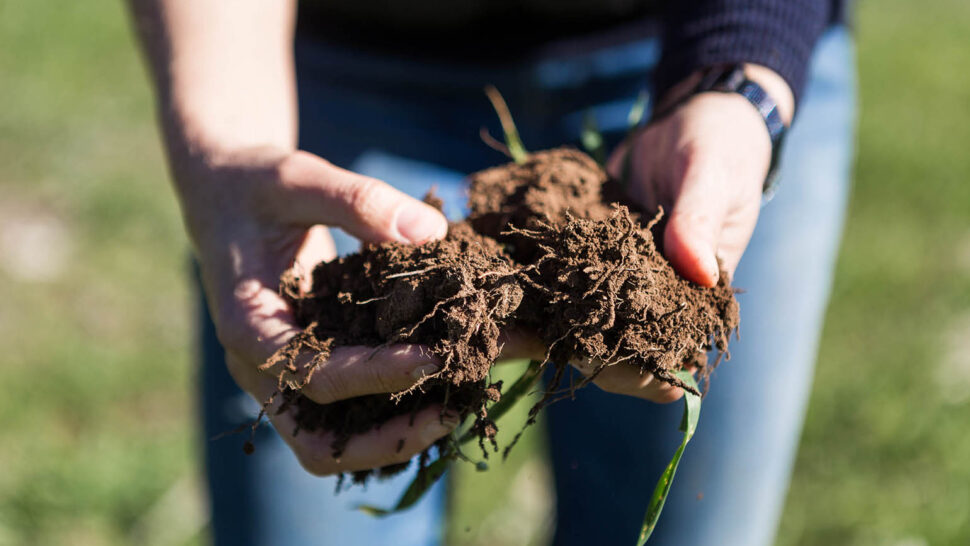By Felicity Harrop, Soil CRC Soil Knowledge Broker
The Soil CRC has produced a range of resources to help NSW land managers and advisors understand their property’s soil carbon potential.
In 2024-25, the Soil CRC ran a series of free webinars for NSW farmers, landowners and advisors to help them:
- identify soil data resources and tools available to inform soil carbon management
- interpret and understand soil data to determine soil carbon potential
- discover land management opportunities to manage soil carbon potential.
These webinars are part of the ‘Soil carbon capacity building resources for farmers and advisors’ project (6.4.003), delivered in collaboration with Soil CRC participants to offer guidance on soil management practices to potentially increase soil carbon.
Sayra Samudio, Riverine Plains Extension Officer and project participant, said the webinars were timely and helped to alleviate some of the confusion around this topic.
“We often see that farmers tend to be either reluctant or sceptical about carbon-related information, so hosting a webinar like this helps bring clarity and provides a starting point for those interested in learning more,” she said.
The first two webinars focused on soil data, outlining how landholders and advisors can access and use publicly available data. We looked at the Soil CRC’s Visualising Australasia’s Soils data portal and the NSW Government’s eSPADE information system. Both are free to access, and can be used to investigate current soil carbon values in your region and identify soil and landscape properties potentially impacting soil carbon management. For example, clay soils can ‘hold’ more carbon than sandy soils because they have a greater surface area and cation exchange capacity (chemical binding sites).
Five Soil CRC grower group participants – Riverine Plains, Central West Farming Systems, Holbrook Landcare Network, Mallee Sustainable Farming and FarmLink – hosted the remaining webinars with a focus on region-specific opportunities and practices for soil carbon management.
These webinars discussed soil carbon status and potential, what factors influence soil carbon and what management practices can be used to maintain or potentially increase soil carbon for their regions.
“Delivering locally relevant information makes a big difference – farmers in our region feel more confident when they see examples of strategies adapted to their specific environments and contexts,” Sayra said.
“This webinar was a great way to spark interest among our members, especially as we’ll soon be running workshops as part of the Australian Government-funded Carbon Farming Outreach Program. These workshops will give us the opportunity to address any questions that may have come up after the webinar.”
The webinars also highlighted a couple of key practices that landholders can do now to build soil carbon:
- Protect your soil – maintain ground cover so the soil (and the carbon in it) can’t blow or wash away. Direct drill crops to reduce soil disturbance and thereby reduce soil carbon loses.
- Support plant growth – plants provide the foundation for building soil carbon, so supporting the optimum soil environment for plant growth will support soil carbon building. Address limitations to plant growth such as acidity, sodicity, and compaction. Improving water infiltration will benefit plant growth, soil flora and fauna growth, which contribute to protecting and building soil carbon.
Fact sheets to support the webinar content are now available on the Soil CRC website. These resources complement the soil carbon technical fact sheets developed for the Soil CRC’s ‘Building technical capacity’ project (6.1.001).
This project was proudly supported by the NSW Department of Climate Change, Energy, the Environment and Water through the Primary Industries Productivity and Abatement Program (PIPAP).

